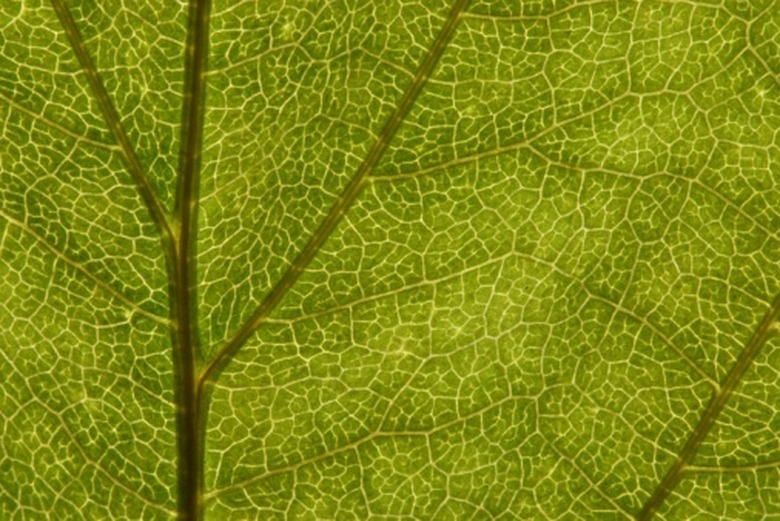Do Plant Cells Have Cilia?
Cilia are hairlike projections from the cell body. They are found in animal cells and in protists but not typically in plant cells. In animal cells, cilia perform a variety of functions.
Features
Cilia are similar in many respects to flagella. They contain a ring of long, hollow structures called microtubules. The outer ring contains nine microtubules, while two run down the center of the ring. Motor proteins using ATP power the sliding of microtubules past each other, causing the cilium to wave back and forth.
- Cilia are hairlike projections from the cell body.
- The outer ring contains nine microtubules, while two run down the center of the ring.
Function
Cilia perform a wide variety of functions in humans — the cells lining your trachea, for example, use their cilia to sweep dust and mucus upwards out of the lungs. Animal cells have cilia, but plant cells typically do not.
Fun Fact
The exceptions to the rule are the cycads, a group of plants that seem to have changed fairly little since the time of the dinosaurs. Cycad sperm are ciliated, unlike the sperm of most other plants. In general, however, plant cells do not have cilia.
